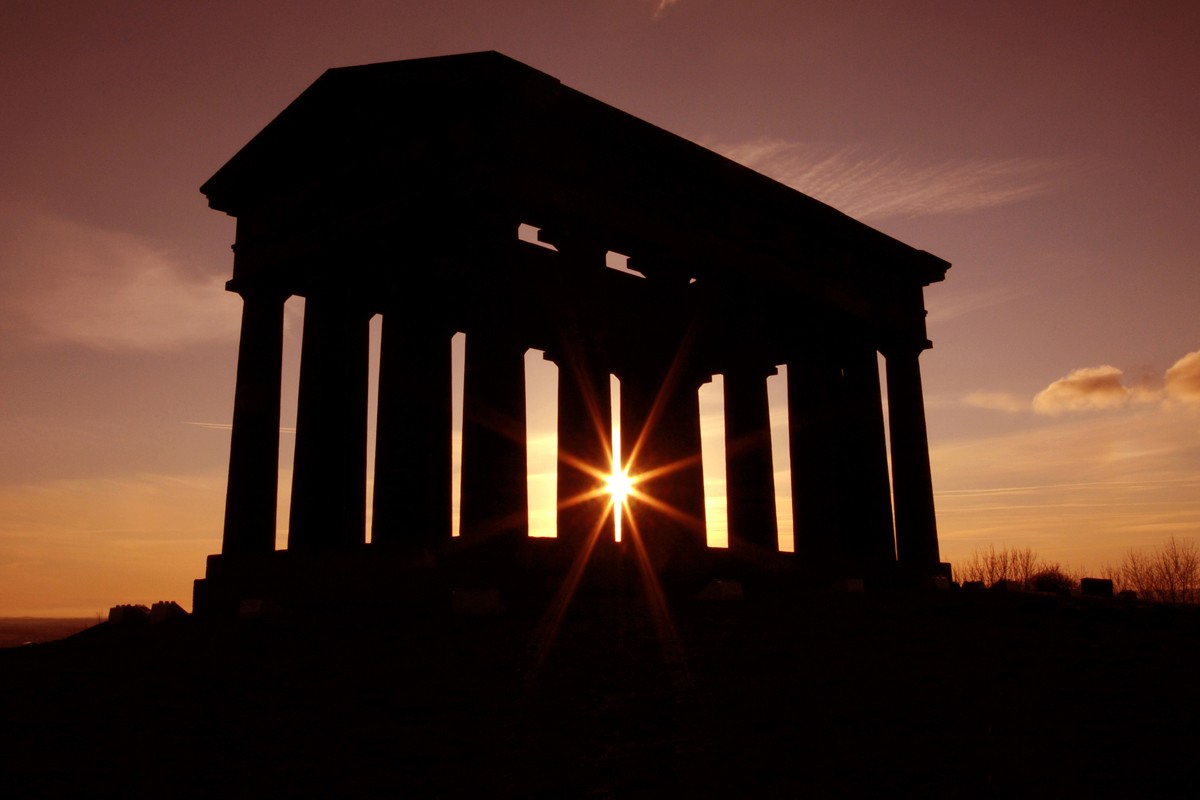Many guide books to the North East of England describe Washington as the “ancestral home of the first President of the United States of America, George Washington”. The forbears of the famous Revolutionary General, President and slave owner did own the Washington Manor, in the late Middle Ages. Washington Old Hall has been preserved by the National Trust as a monument to that connection. But far more important to many of the communities in present day Washington are the reminders of the dominant role of the coal industry and the workers who toiled and died underground to power great industries and help create the wealth of Britain.
We have records of 43 coal mines in Washington but early coal owners did not record where shafts were sunk, and there were undoubtedly more. The coal seams were found near the surface to the West tilting downwards to the East, deepening under Washington. The River Wear used to flow North as a tributary of the Tyne, before the last ice age. When the glaciers melted, it blocked the former river course North of Chester-Le-Street. Along the banks of this abandoned “Team Wash” valley, and where the current River Wear flows, coal was found.
Such deposits could be worked without deep shafts having to be built. These early pits were simple “Bell Pits” – deep holes in the ground. Miners used ladders and worked with hand tools to carve out coal, using candles to light the way! Coal was hauled to the surface using barrows, ropes, pulleys and baskets. The coal was known as “sea coal”, destined for the South of England. It was mainly taken to Sunderland by “keel boats” to be loaded onto sea going ships.
The earliest miners would have been serfs and tenants displaced from the feudal manors who were forced to sign a “bond”, binding them to a coal owner. Entire families worked in the pits – Daniel Defoe, the author of “Robinson Crusoe” told the tale of a great disaster that took place near Fatfield in “A Tour Through the Whole Island of Great Britain” :
“men workt on in the vein of coals till they came to a cavity, which, as was supposed, had formerly been dug from some other pit; but be it what it will, as soon as upon the breaking into the hollow part, the pent up air got vent, it blew up like a mine of a thousand barrels of powder, and; getting vent at the shaft of the pit, burst out with such a terrible noise, as made the very earth tremble for some miles round, and terrify’d the whole country. There were near three-score poor people lost their lives in the pit, and one or two, as we were told, who were at the bottom of the shaft, were blown quite out, though sixty fathom deep, and were found dead upon the ground.”
In those days women and children also worked and died down the mines. In the 1817 pit explosion at Harraton out of 46 fatalities, 22 were aged below 18, with 5 children below age 10 and the youngest, William Browell, was only 5 years old! At first Springwell colliery had only one shaft. This proved disastrous in 1833 when a methane gas explosion caused the deaths of 47 miners. The majority of the casualties were young boys. Tragically, 5 children below the age of 10 were amongst those killed. There was a further methane gas explosion in 1837 when 27 miners were killed. It wasn’t until 1862 that Parliament insisted every pit should have 2 shafts to improve air circulation and provide an escape route. The leading Durham coal owner, Lord Londonderry had refused to allow government inspectors to test the air in his pits. Such disasters occurred on numerous occasions, in every pit in the Washington area – until the miners developed strong trade unions, better able to insist on safer conditions.
By the early 20th century all of the Washington pits had been absorbed into 6 large collieries at Springwell, Washington Colliery, Washington Glebe, Usworth, North Biddick and Harraton. Around two thirds of the male population worked in these coal mines. The last of these, at Usworth, was closed in 1974.
There are numerous memorials to the dominance of coal mining, our culture and tradition, scattered around Washington:
- the Bowes Museum site at Springwell, where the original coal haulage system developed by the great engineer George Stevenson is preserved.
- the “F” Pit museum, where winding gear essential to an early “super pit” has been kept.
- the Washington Miners Statue on Washington Front Street at Concord.
- elaborate memorial stones in every graveyard in Washington
- the National Union of Mineworkers banners, created by the union members and taken care of in clubs and schools throughout the town.
Most of the Banners are displayed at local events and there are several “Banner Groups”, dedicated to looking after the Banners and, most particularly, displaying them at the annual Durham Miners Gala.
Kevin, a local resident and volunteer at Washington Trust



